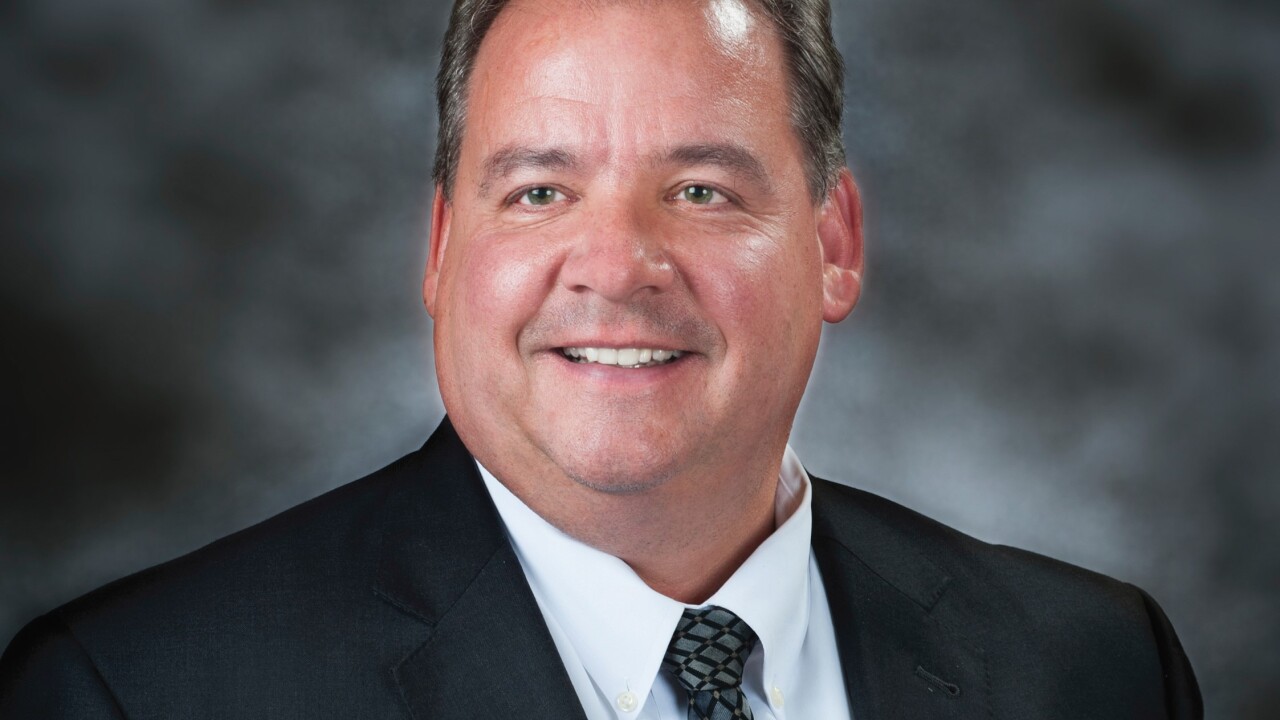The Shadow Financial Regulatory Committee met in Washington recently to suggest a plan to resolve the financial problems of the Savings Association Insurance Fund. The plan contains the kernel of a good idea, despite its espousal of a couple of very bad ideas on bank capital and market value accounting.
The committee recommends that thrifts pay a one-time tax of $6 billion to retire the Fico bonds issued by the old Federal Savings and Loan Insurance Corp. The remaining $2.4 billion needed to pay off the Fico bonds would come from a 1-basis-point annual tax on bank and thrift deposits.
The committee's plan would not raise money to bring the SAIF to 1.25% of insured deposits. The Bank Insurance Fund and the SAIF would be merged, creating a combined fund equal to roughly 1.1% of insured deposits. This raises an important question: Does the insurance fund actually need to be set at 1.25%?
The 1.25% level mandated under current law is simply an arbitrary number established by Congress at the height of the hysteria over the thrift crisis. It should be emphasized that this standard must be met after deducting all reserves for anticipated losses on bank failures. During the banking problems of the 1980s and early 1990s, the General Accounting Office required the Federal Deposit Insurance Corp. to establish some $15 billion in unnecessary reserves.
It's also important to understand that in reality there is no deposit insurance "fund." The bank and thrift funds are subsumed in the overall federal budget. When they take in a dollar of income, the money is paid to the U.S. Treasury and is counted as a receipt by the Treasury in the same manner as any other tax dollar.
When the FDIC needs to spend money, the Treasury borrows it, and the expenditure is counted as an outlay by the government. The fund is nothing more than a score card to track whether the deposit insurance system has produced over time more revenues than expenditures.
Even if the 1.25% number made sense when it was established, subsequent events and changes in law have rendered it clearly excessive. For example, deposit insurance premiums have been put on a pay-as-you-go basis. The FDIC can set the premiums at any level needed to cover not only current losses but also reserves for future losses.
A federal depositor preference statute has been enacted, which will reduce significantly the FDIC's losses when a bank fails. Regulators have been directed to close banks while they are still solvent. Risk-based deposit insurance premiums and other regulatory restrictions have been adopted to reduce the appetite of banks for risk taking.
Finally, the enactment of interstate branch banking will reduce the failure rate significantly. Banks will be able to better diversify their risks through geographic expansion, and they will become private-sector takeover targets at the first signs of weakness.
Maintaining the fictional FDIC fund at a higher level than necessary is very costly not only to banks, but also to their customers and the economy. For every dollar the fund can be reduced, banks will gain the potential to make an additional $10 in loans.
Maintaining the fiction of an FDIC fund, as part of the federal budget, is dangerous politically, as current events in Congress demonstrate all too clearly. Need some money to bail out the thrift fund or for some other worthy cause? Tap the bank fund. Need some revenue to reduce the deficit? Increase bank deposit insurance premiums.
If Congress wants to protect the integrity of the FDIC fund, it should remove it from the federal budget. The FDIC was put on budget during the Johnson administration to mask the deficits created by the Great Society programs and the war in Vietnam.
I suspect the banks would be only too happy, should Congress take the FDIC off budget, to eliminate the FDIC's $30 billion line at the Treasury and replace it with a line of credit from the industry. The FDIC, as part of this package, could be converted to a quasi-private company, along the lines of the Federal National Mortgage Association.
Instead of the quick fixes for the thrift fund currently being considered in Washington, it's long past time to take a fresh, hard look at the deposit insurance system. It's become highly politicized and inordinately expensive. We can do much better.
Mr. Isaac, a former chairman of the Federal Deposit Insurance Corp., is chairman and chief executive officer of the Secura Group, a financial services consulting firm based in Washington.





